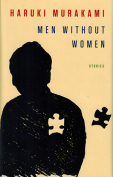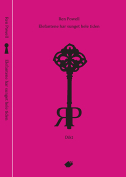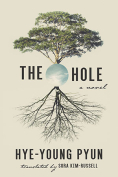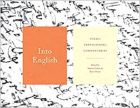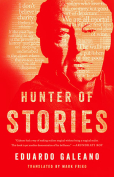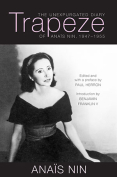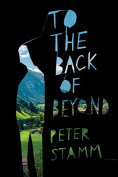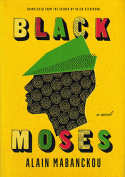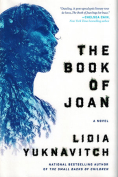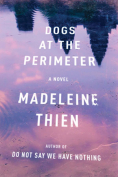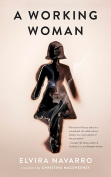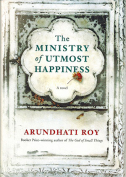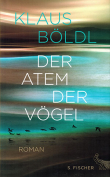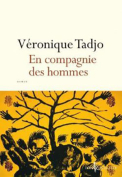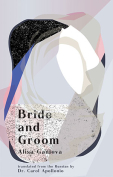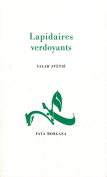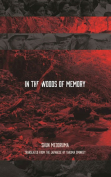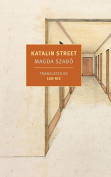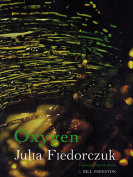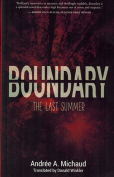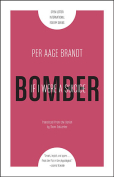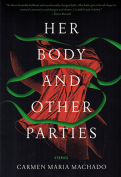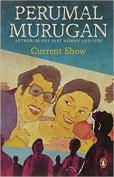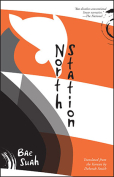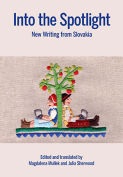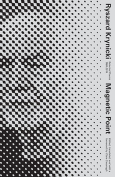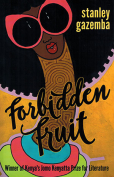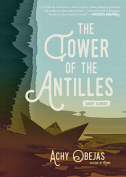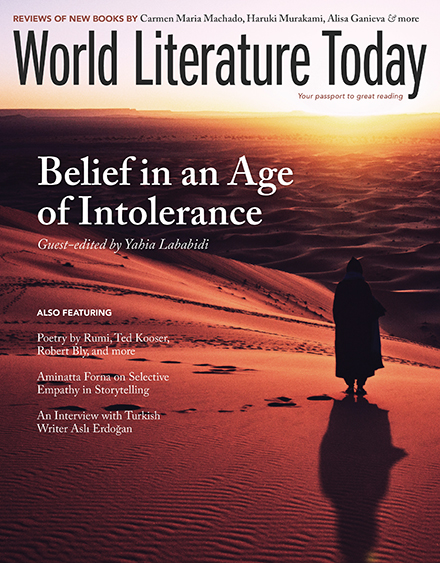Into the Spotlight: New Writing from Slovakia
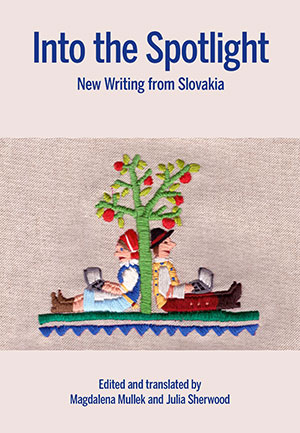 Bloomington, Indiana. Slavica / Three String Books. 2017. 185 pages.
Bloomington, Indiana. Slavica / Three String Books. 2017. 185 pages.
The translators of Into the Spotlight have set out to expand the body of contemporary Slovak fiction available in English, with a focus on the least-translated of living writers. The volume is premised on the diversity of such authors, and this is reflected in terms of generation and gender as well as of style and form; readers will find both short stories and excerpts from novels. Indeed, the translators have taken a risk in that nearly half of the selections are excerpts. Their gamble certainly pays dividends, however, as these fragments stand alone as powerful character studies that also provide a glimpse into the style and intellectual world of the respective authors.
In staking a claim for Slovak writers on the center stage of world literature, Into the Spotlight demonstrates the global orientation of contemporary Slovak literature. Most striking in this regard are a pair of perplexing short stories set in Africa. Their author, Marek Vadas, draws on his experiences in equatorial Africa, acting as a cultural interpreter whose stated goal is to transmit the “African way of thinking.” Other selections that fit the rubric of “globalization” interrogate Slovakia’s transition to capitalism and probe the underside of European integration. ”The First Victory of Superstores,” by Michal Hvorecký, stands out as a ruthlessly satirical study of an architect-cum-marketing guru who has staked his reputation on building superstores in which shoppers can be seen “crying from happiness. They had understood they really could buy everything in this superstore, and they weren’t able to resist buying the displayed merchandise.”
Ultimately, the reader is left with a bittersweet knowledge that a large portion of these writers’ work will not appear in English translation. At the same the volume offers hope that we will be reading more from these and other translators of Slovak. And for the time being, Into the Spotlight offers no small consolation in its delightful array of human portraits from Central Europe.
Duncan Lien
Pennsylvania State University
